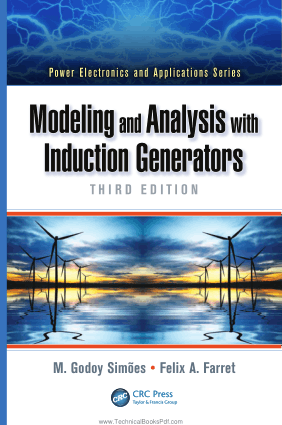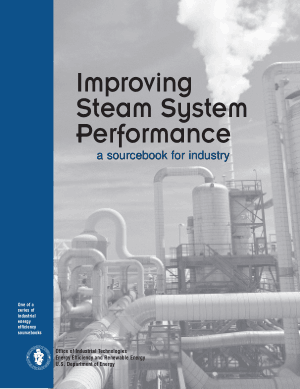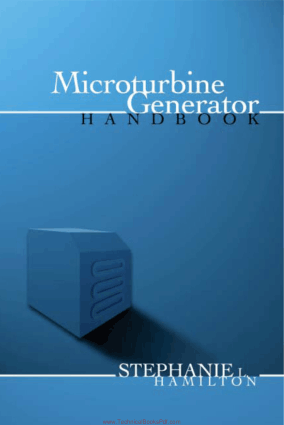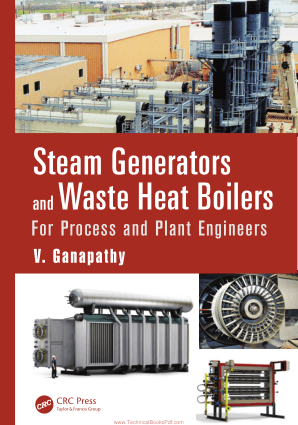Modeling and Analysis with Induction Generators Third Edition By M Godoy Simoes and Felix A Farret

| Electric Generators , Steam Generators | |
| Language | English |
| File Type | |
| 468 | |
| Views | 3,253 views |
| File Size & Downloads | Size 7.7 MiB Downloads 1443 |
Short Desciption:
This "Modeling and Analysis with Induction Generators Third Edition By M Godoy Simoes and Felix A Farret" book is available in PDF Formate. Downlod free this book, Learn from this free book and enhance your skills ...
Features
- Presents the fundamentals of and latest advances in the modeling and analysis of induction generators
- Aids in understanding the process of self-excitation, numerical analysis of stand-alone and multiple induction generators, and requirements for optimized laboratory experimentation
- Covers the application of modern vector control, optimization of power transference, use of doubly fed induction generators, computer-based simulations, and social and economic impacts
Summary
Now in its Third Edition, Alternative Energy Systems: Design and Analysis with Induction Generators have been renamed Modeling and Analysis with Induction Generators to convey the book’s primary objective—to present the fundamentals of and latest advances in the modeling and analysis of induction generators.
New to the Third Edition
- Revised equations and mathematical modeling
- Addition of solved problems as well as suggested problems at the end of each chapter
- New modeling and simulation cases
- Mathematical modeling of the Magnus turbine to be used with induction generators
- The detailed comparison between the induction generators and their competitors
Modeling and Analysis with Induction Generators, Third Edition aids in understanding the process of self-excitation, numerical analysis of stand-alone and multiple induction generators, requirements for optimized laboratory experimentation, application of modern vector control, optimization of power transference, use of doubly fed induction generators, computer-based simulations, and social and economic impacts.


